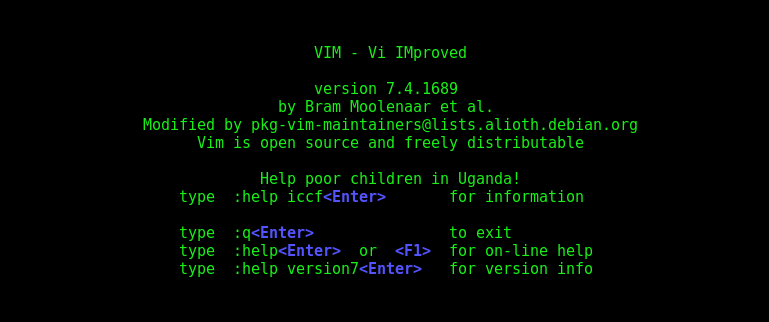
The ! forces Vim to quit even if there are unsaved changes to the file. Multiple Ways to Quit Vim Editor There are different commands that you can be performed while working in a vim editor and some of them are mentioned in this article. Instead, you’ll have to follow these steps: However, Vim will not let you quit using this command if you have unsaved changes to a file.

If :w writes and :wq writes and quits, it should obvious that :q stands for quit. The final scenario that you might run into is the need to quit a file in Vim without saving at all. This will only save the file if there are unsaved changes, whereas :wq will always save and update the modification time in the file’s metadata. Just use :wq instead of :w:Īlternatively, you can use the :x command. To save yourself some time, you can save and quit in a single command.

However, you may have noticed that if you just type this into your document nothing happens. This will instantly quit out of VIM without saving, basically the same as the :q command. In this article, youll learn a lot about Vim and see how you can quickly start using Vim as a developer.

Linux System Administrators especially often prefer it to other editors.
#QUIT VIM HOW TO#
Without too much preamble, the command to save in Vim is :w. Janu/ Vim How to Use Vim Tutorial for Beginners Arunachalam B Vim is one of the most popular text editors among Linux users. Vim will respond by outputting the filename, whether it’s new, and how many characters were written to the hard drive. To save your changes before you exit, type :w, and then Enter. One particular struggle for new Vim users is knowing how to save a file. You should see the INSERT label vanish from the lower-left. With its multiple modes and sometimes unintuitive commands, it’s easy to get lost starting out. Vim is one of the most powerful and popular command-line text editors on Linux, but it can also be a little intimidating.


 0 kommentar(er)
0 kommentar(er)
